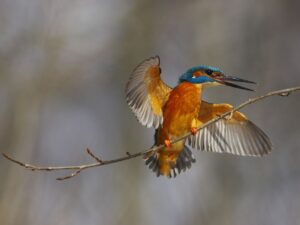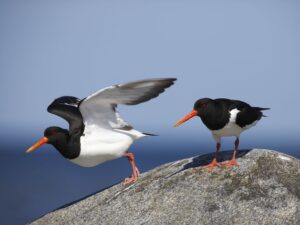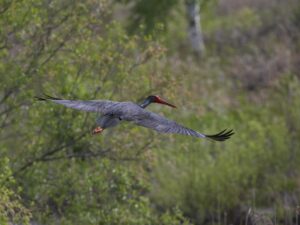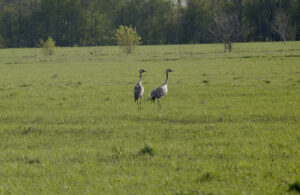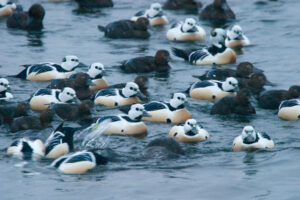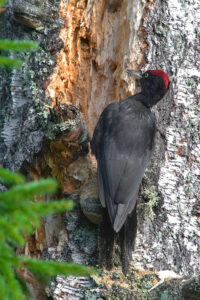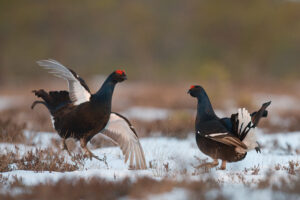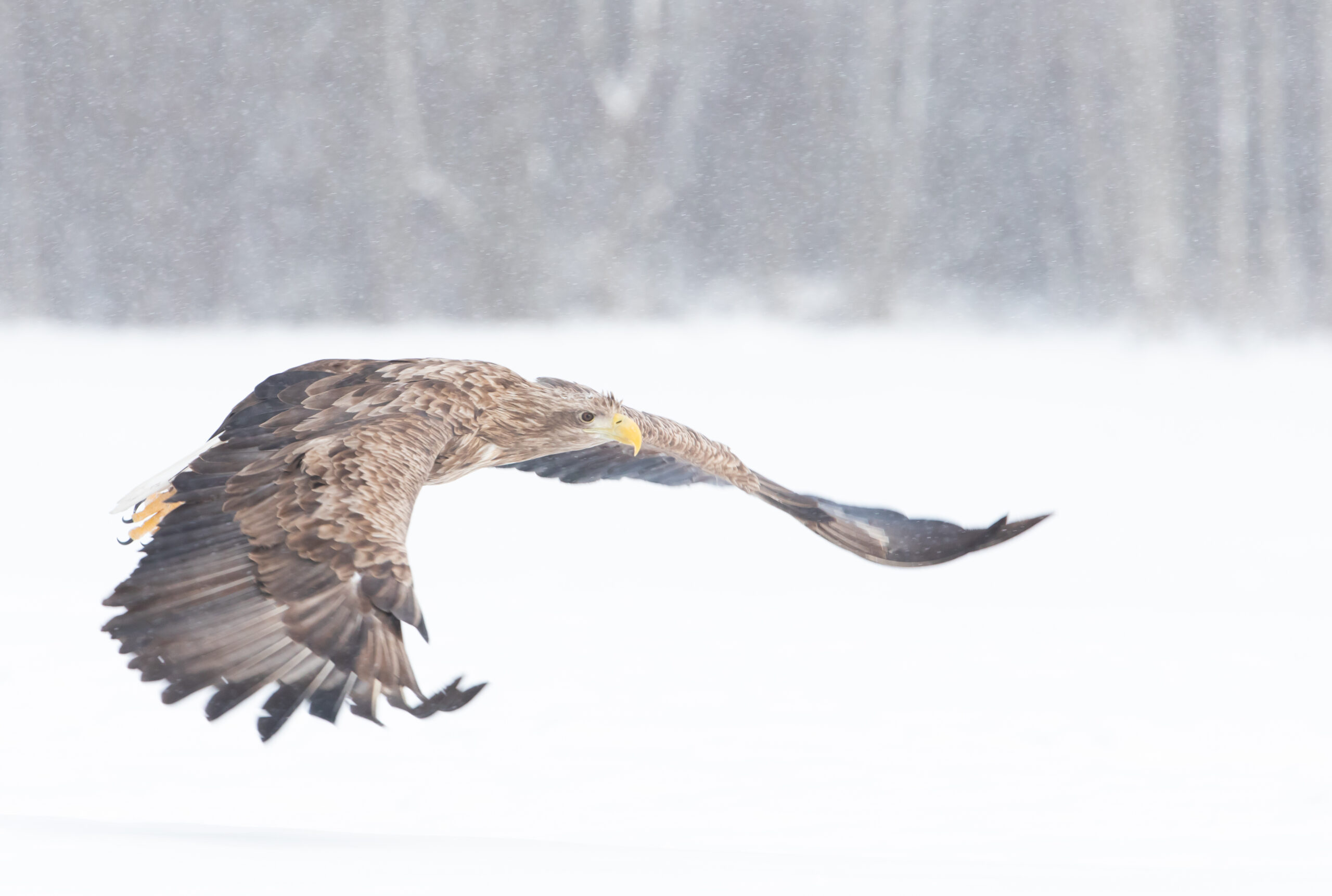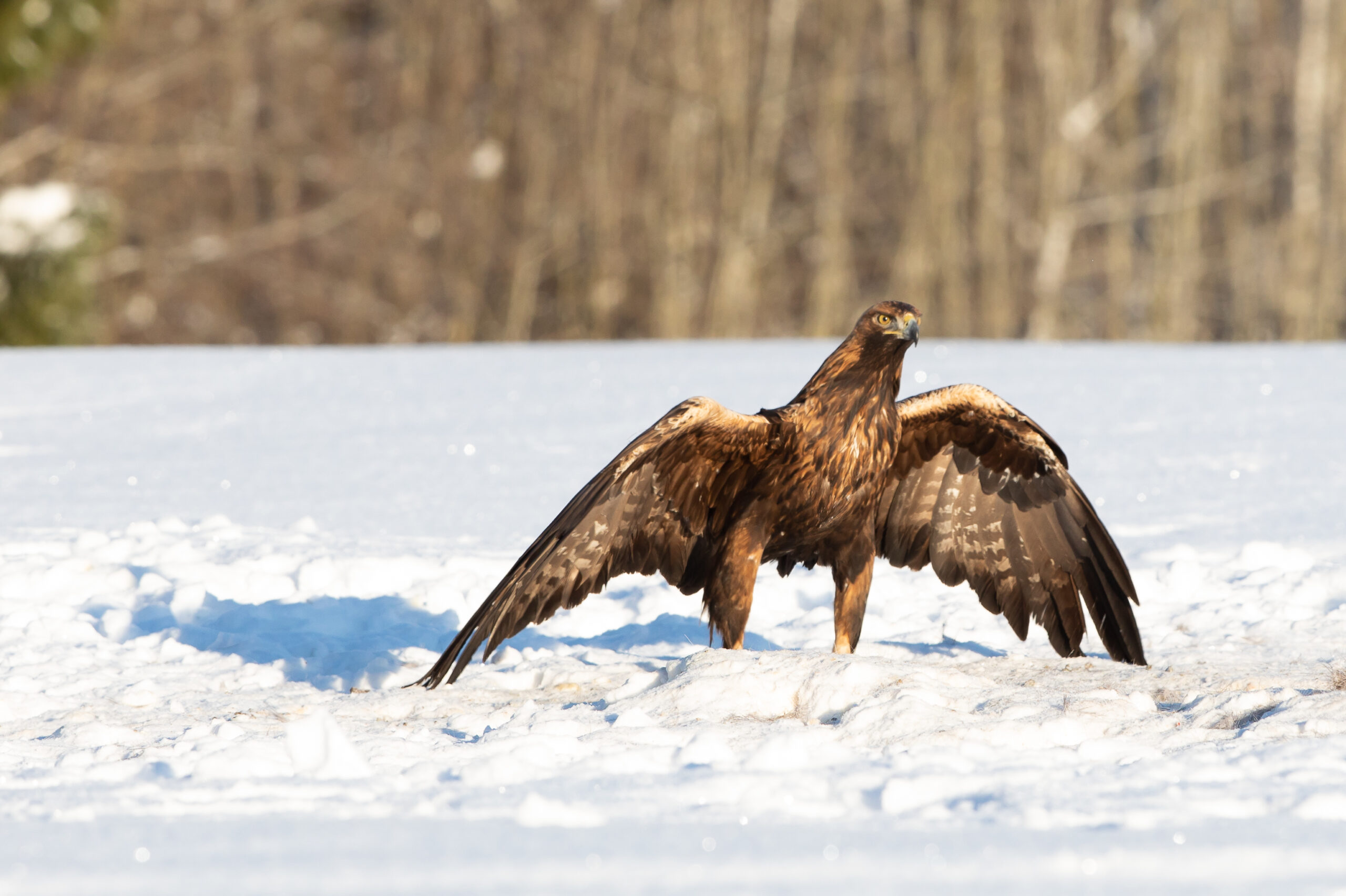Millions of birds stop in Estonia on their migratory paths. Estonia is a paradise for birders. Estonian bird fauna consists of approximately 340 natural species: over 200 are nesting birds, around 30 are migrating birds and about 70 are occasional visitors. Many birds are found on small islands where there are up to 13,000 nesting couples per square kilometre. Altogether eleven sites in Estonia have been included in the Ramsar list of internationally important bird areas.
Birds can be watched all year long in Estonia. Local birdwatchers’ favourite time is the beginning of spring. Birdwatchers coming from abroad can also be guaranteed of an amazing experience at that time.
From April to May massive arctic waterfowl migration begins
During that period we can see here internationally important numbers of Red-throated and Black-throated Divers, Bewick’s Swans, Greater White-fronted Geese, Greater Scaup, Common and Velvet Scoters and Long-tailed, Whooper Swans.
The Gulf of Finland, the Eastern coast of the Baltic Sea, Lake Peipsi near the Russian border, the Estonian inland waters and coastline are for millions of Arctic waterbirds natural stepping-stones along the main route between the breeding and wintering areas. Our natural areas are crucial feeding and stopover sites for these birds. Also ducks move along the coast. In some years 300 000 Barnacle Geese are estimated to pass through.
From May to June it is the best time to observe: Great Snipe, Black Stork, Lesser Spotted Eagle and Corncrake
During that period the Great Snipes can be seen on the meadows after sunset. This is a breeding species for which Estonia is internationally important. Up to 600 males have been estimated. Also other species that are becoming rarer in Western Europe are more easily observed at that time. We have vast floodplains, mires, bogs, primeval forests, an abundance of undeveloped coastal areas with wide-spread reed-beds and grasslands, unique untouched areas with winding rivers.
At that time we can also meet White-tailed and Lesser Spotted Eagles, Honey Buzzards and Montagu`s Harriers, Greenish, Blyth´s Reed and Barred Warbler, Penduline Tits, Citrine Wagtails and Scarlet Rose Finch. Concerts are often given by the European Nightjar, Marsh Warblers or Corncrakes, Savi´s Warblers, Booted Warblers and Black Stork.
From September to October – Massive arctic waterfowl migration in autumn
The last week of September is the best time for autumn migration. This is the ideal time for birdwatchers who wish to see forest birds, raptorial birds, Eastern rarities and Arctic migration all at once. There is a chance to see the rare White-billed Diver or the Grey Phalarope during that time.
The Common Chaffinch, Brambling floks, Goldcrests, Long-tailed and Willow Tits, Common Starlings, thousands of ducks, teese, Red-throated Diver, Greater Scaup, Barnacle and Bent Geese and Velvet Scoter also pass through at this time. Matsalu National Park is well-known as one of the most important crane concentration areas in autumn. Thousands of birds gather around the bay before moving to their wintering grounds in Spain and North-Africa or Algeria and Tunisia.
Winter (from January to mid-April) is the time to observe the Steller´s Eider – the most endangered seaduck in Europe
The best time to observe Steller`s Eider is in January and February when congregations may reach 1000 birds or even more. They arrive here in December and leave in April. Saaremaa, the biggest island in Estonia, has the Steller’s Eider’s wintering grounds in the Baltic Sea. Steller’s Eider can also be seen at the most northeastern point in mainland, the Cape Põõsaspea (Spitham).
As it is unfrozen you can also see thousands of Long-tailed Ducks, Goldeneyes, Goosanders and often White-tailed Eagles nearby. At that time it is possible to see the tit, Willow Tit, Goldcrest, Hazel Grouse and Black Woodpecker in Estonian forests. There is always a chance to see owls also during the daytime but that only in case the number of rodents is small.
From mid- March to April it is possible to observe the Nutcracker, Three-toed, White-backed and Grey-headed Woodpecker, Capercaillie, Ural and Pygmy Owls, Hazel Grouse.
All Estonians look forward to the beginning of spring and the birdsong that starts ringing in Estonians’ ears at that time together with the first rays of spring sun is so therapeutic that each and every birdwatcher has to experience it too. It might seem unbelievable but in some mornings it is possible to see even six different woodpeckers. Capercaillies and also Black Grouses become very active at sunrise.
You can hear Ural, Pygmy and Tengmal`s Owls in the forests. April is the last chance to observe Steller`s Eiders in Estonia.

